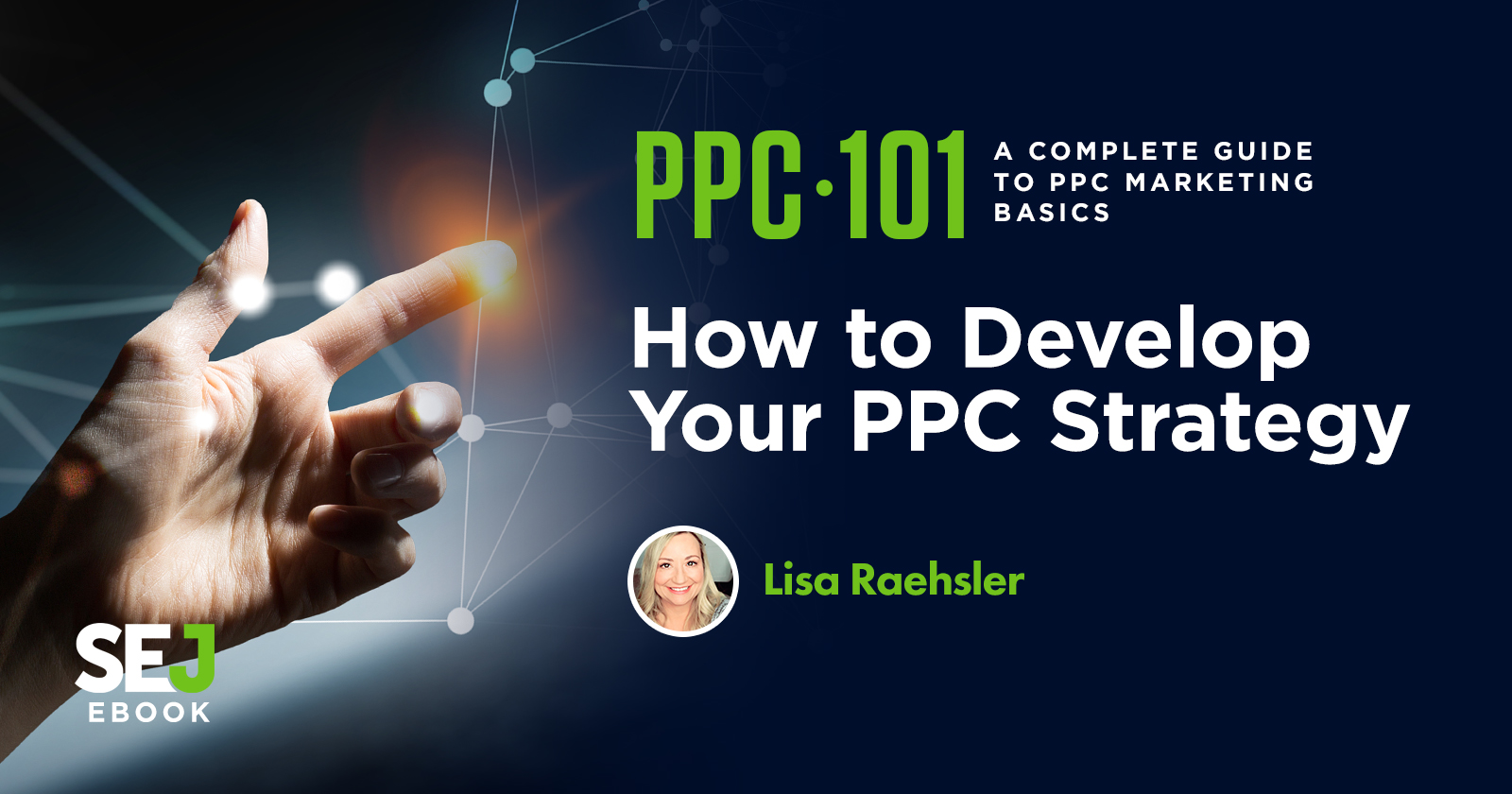A successful PPC campaign begins with a strategy.
You need to know and clearly define what you want to accomplish.
What is your goal?
A PPC or paid social program can actually consist of many different goals.
Sometimes your PPC goals will be obvious, but sometimes this will require more consideration of all of the options available to your organization.
The most common PPC goals include:
- Brand awareness
- Product and brand consideration
- Leads
- Sales
- Repeat sales
Each of these goals aligns with the basic sales funnel: awareness, consideration, and purchase.
As an advertiser, you should closely examine the sales funnel for your business and customize your paid media programs accordingly.
For example, a B2B business may have a much longer sales cycle due to researching business solutions and the internal decision-makers’ involvement.
In contrast, a consumer ecommerce product could be an immediate purchase or a few hours from clicking on a PPC ad.
Let’s take a look at each of these five PPC goals and tactics that will help you accomplish each one.
Brand Awareness
PPC is often used for brand awareness to introduce and raise the visibility of a brand or product.
At this phase, we want to maximize exposure to a highly relevant audience, with hopes clicks will lead to the consideration phase.
Using PPC display ads can be effective if the targeting is on-topic by using keywords, topics, relevant placements, in-market lists, or a combination of those.
These targeting tactics are the most general but will offer a wider reach.
Social media PPC ads are a good option for branding since there are so many targeting options based on demographics and interests.
Similarly, search campaigns with more general keywords can be useful for branding.
For example, if the business sells scuba equipment, potentially bidding on “scuba gear” could increase awareness of the product offering.
The downside of this approach is that you will often see higher cost-per-clicks due to competition and sometimes irrelevant click-throughs.
The best way to execute this approach is with smart keyword match types and negative keywords.
Product & Brand Consideration
In this phase, when users are considering and researching a purchase, it is a great time to reintroduce the brand with more detailed targeting and more persuasive call-to-action language in the ad copy.
When consumers hit the considerations phase, typically, their search queries will become more detailed and specific.
They may search for brands and product combinations to research, compare, and read reviews such as ‘Samsung 50” TV’ or ‘LG 50” tv’.
This is a good time to use remarketing with a banner or responsive ads to bring the consumer back to the previously viewed product.
Another excellent form of targeting is the in-market list composed of users whose online behavior and action have indicated they are in the market to buy.
Leads
When your business model doesn’t support immediate or online sales, you want to collect leads to follow up with interested prospects and engage them in a conversation.
Calls-to-action might be:
- Request a demo.
- Get a consultation.
- Free trial.
All of these ideas are meant to entice the user to call or fill out an online web form to initiate conversions.
How the lead is followed-up on will vary for each business, but now you also have information that can be used for PPC and paid social customer match campaigns.
Sales
Consumers who are ready to purchase tend to use words in their search queries that indicate higher intent. This can include things like:
- Model numbers.
- Shipping information.
- Discounts.
- Coupons.
- Financing.
It is good to have separate campaigns that address this phase by highlighting offers, guarantees, warranty information, or your return policy.
This reassures consumers that your business is the one to buy from.
Make full use of your ad copy and ad extensions.
Also, try cart abandonment ads and remarketing ads that show the products the user viewed.
Remember to set up the remarketing campaigns so that customers are no longer targeted after the purchase.
To do this, set up a “purchasers” list. Exclude that list from the campaign. You will also need it later for repeat sales.
Repeat Sales
PPC is an excellent way to garner repeat sales if your product or service needs replacement, maintenance, accessories, upgrades, or other product cross-sells or up-sells.
In designing the repeat sales approach, ask a few questions:
- How long does the product last or need to be replaced?
- Is there a new and improved model coming out?
- Does the consumer buy multiples?
- Are there opportunities to cross-sell accessories or complementary products?
- What would motivate the consumer to re-purchase from you? Brand loyalty? Fast shipping? Unique features?
Use PPC remarketing and customer match to re-engage previous customers with messaging aimed at factors that would motivate them to purchase from you again.
Similar to the sales phase, coupons and discounts are always good motivators.
Conclusion
A solid PPC and paid social account should include numerous goals designed to reach and lead the consumer down the sales funnel to purchase.
It might be helpful to outline this in a chart that contains goals, keywords themes, key messaging, and landing pages to get organized and ensure all of the bases are covered.
After launch, review the results and determine how to optimize and allot budgets.
Check the “Attribution” section of the paid media platform or analytics to see campaign paths and assisted conversions to help guide moving forward with a successful account.




